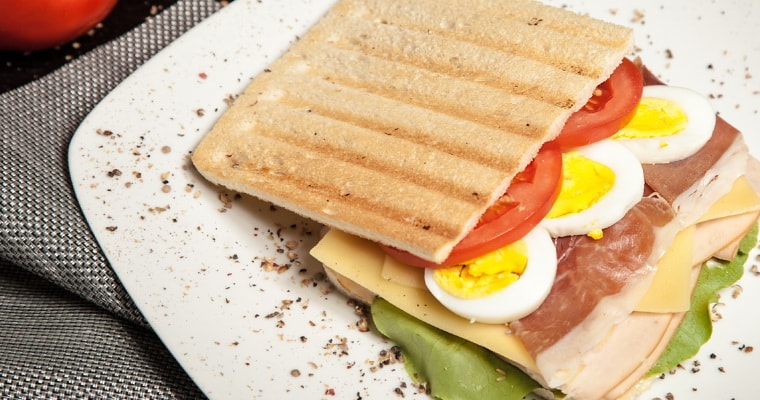Modular plastic conveyor belt manufacturer right now: Our head office located in Shanghai, new factory located in Jiangsu province,covers an areas of 15,000 square meter, there are three main buildings:office building,conveyor assembly workshop and production workshop.More than ten machines for producing, many hundreds of item models for meeting customer variety requirements. Our main products are modular belt,slat top chain,flexible chain,conveyor system,comb, rail, sprocket and other conveyor related components. They are widely used in food, soft drink, packaging & manufacturing, tobacco, medicine & chemical, electronics, automobiles and logistics industries. See even more information at Hairise modular belt.
Hairise Modular Belt – The Significance of Choosing the Right Modular Belt Manufacturers. Your belt maker influences how well your line runs every day. A top supplier delivers products that last, cut down repair time, and meet safety rules. Here’s why it matters: Operational Efficiency: Good belts run smoothly. That keeps production moving. Cost Savings: Quality parts last longer. You save on replacements and labor. Safety and Compliance: A certified maker meets health and industry standards. When you pick wrong, you risk breakdowns, waste, and even fines if belts fail safety tests. Essential Criteria for Selecting a Modular Belt Manufacturers: Reputation and Industry Experience – Look for makers with years in conveyor parts. A long history shows they know the field. Check out client stories and case studies on their site. If they highlight success stories in your sector, that’s a great sign.
Reducing Downtime in Manufacturing Processes – Bottlenecks often form where workers wait for parts or push carts between cells. Conveyor belt system eliminate many of these hold-ups by linking steps directly. You flow parts from stamping to welding to painting without extra handling. Modern conveyors plug into robots, vision systems, and central computers. If a jam occurs, sensors halt the belt and alert an operator. That fast feedback keeps minor glitches from turning into full stops. A food packager found that conveyor jams once cost them two hours each week. After fitting quick-release rollers and smart sensors, they cut that to just 10 minutes per month. That adds up to huge savings on labor and missed deadlines.
If the customer has model, size, material and special requirements, we can produce according to the corresponding model, material & performance requirements. If the customer has no requirement, but there is a sample, you need to send the sample to our engineer, and we will test the sample to confirm the size, material, and special requirements required by the customer. After mass production and FQC, we will pack the high-quality drive belt products into cartons, 65cm*37cm*26cm. If there are many cartons, we will put cartons on pallets. For high-quality conveyor belts, we will declare PP tarpaulins on the outside, and we can put the products on pallets if needed. Of course, if you need custom packaging, we can also make them, but it will incur more costs. When small quantities of goods are shipped, we ship by express such as FedEx, DHL, TNT, UPS or Air Freight. When there are large quantities of goods, sea or land transportation will be selected.
In a brewery, for example, the conveyor belts used to transport beer bottles are regularly cleaned and sanitized to prevent the growth of yeast and bacteria, which could affect the quality and taste of the beer. The use of conveyor systems also allows for better control over the production environment, as it is easier to monitor and maintain the cleanliness of a conveyor – based production line compared to a manual handling system. Chain conveyors are widely used in the beverage industry due to their high load – carrying capacity and durability. They are particularly suitable for transporting heavy or large – sized beverage containers, such as glass bottles or large kegs. In a winery, chain conveyors can be used to move full wine barrels from the aging area to the bottling line. The robust construction of chain conveyors allows them to withstand the weight of these containers and the continuous operation required in a busy production environment. Read even more info on hairiseconveyor.com.
Functions of the Conveyor Belt – How is a conveyor belt typically used? A conveyor belt’s function is to move objects from Point A to Point B with minimal effort. The conveyor belt pace, direction, curvature and size varies based on the needs of the user. In some industries, a conveyor belt brings products through a manufacturing or packaging line and back out again. Conveyor belting usually falls under two categories: lightweight and heavyweight. Lightweight belting is designed to meet various material handling requirements in diverse industries. A lightweight belting system has a working tension of less than 160 pounds per inch of width. The four main types of light-duty conveyor belts are: Solid plastic; Non-woven; Thermoplastic covered; Lightweight rubber.
Rubber conveyor belts are very popular and widely used in various industries to transport and process materials from one point to another. They are widely used in conveyor systems. Multiple belting are used to transfer or shift power from one rotating shaft to another on conveyor systems. They are available for a wide range of applications and media transportation. Production, mining and shipping companies all make use of conveyor belts to manage materials more efficiently and reduce labor costs. Conveyor belts are also used in food and beverage companies, automotive and tire assemblies, electronics, pharmaceutical and medical, printing, mail sorting, tobacco and packaging.
While the core principle is simple, several factors contribute to the smooth operation and efficiency of a rubber conveyor belt: Tensioning: The belting needs to be kept at the appropriate tension to prevent slippage and ensure proper tracking. This is usually achieved by adjusting the position of end pulleys. Support Rollers: For long conveyors or those carrying heavy loads, rollers are placed along the underside of the belting to provide additional support and prevent sagging. Skirts and Plows: These components help contain material on the belt and prevent spillage along the edges. Safety Features: Conveyor belts often incorporate safety features like emergency stop buttons and trip switches to ensure operator safety.
Adhesive Rubber. Maintains the adhesive power between all layers of carcass and the cover rubber and keeps their durable flexibility and tension. Reinforced cover. It is used to protect the carcass in case that the products are larger or a tear occurs because significantly shaken in worse working conditions than specified, putting excess load on the top cover and carcass. It has abrasion, temperature, petroleum, chemical, static and fire-resistant characteristics and depends on the working conditions.




